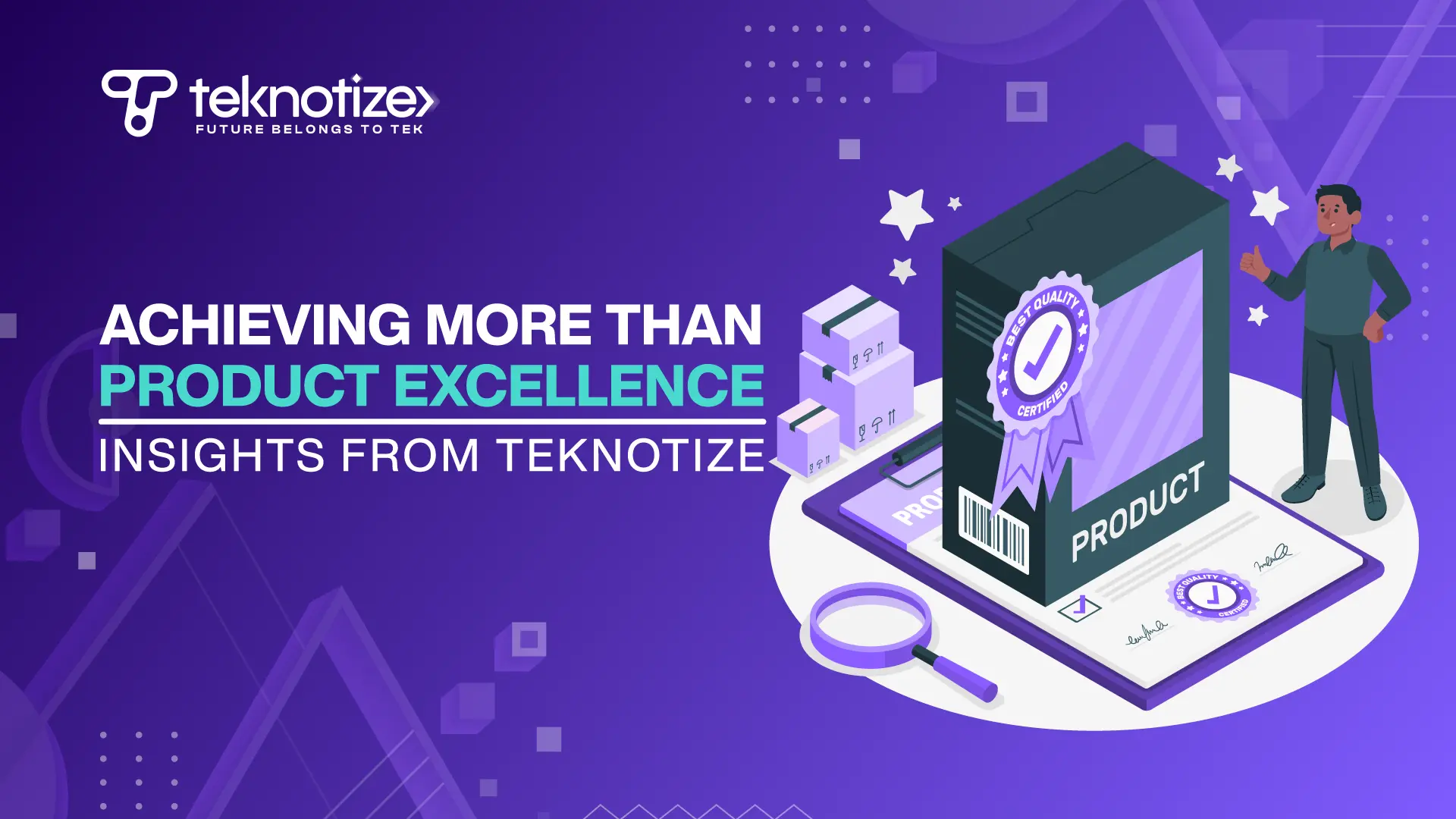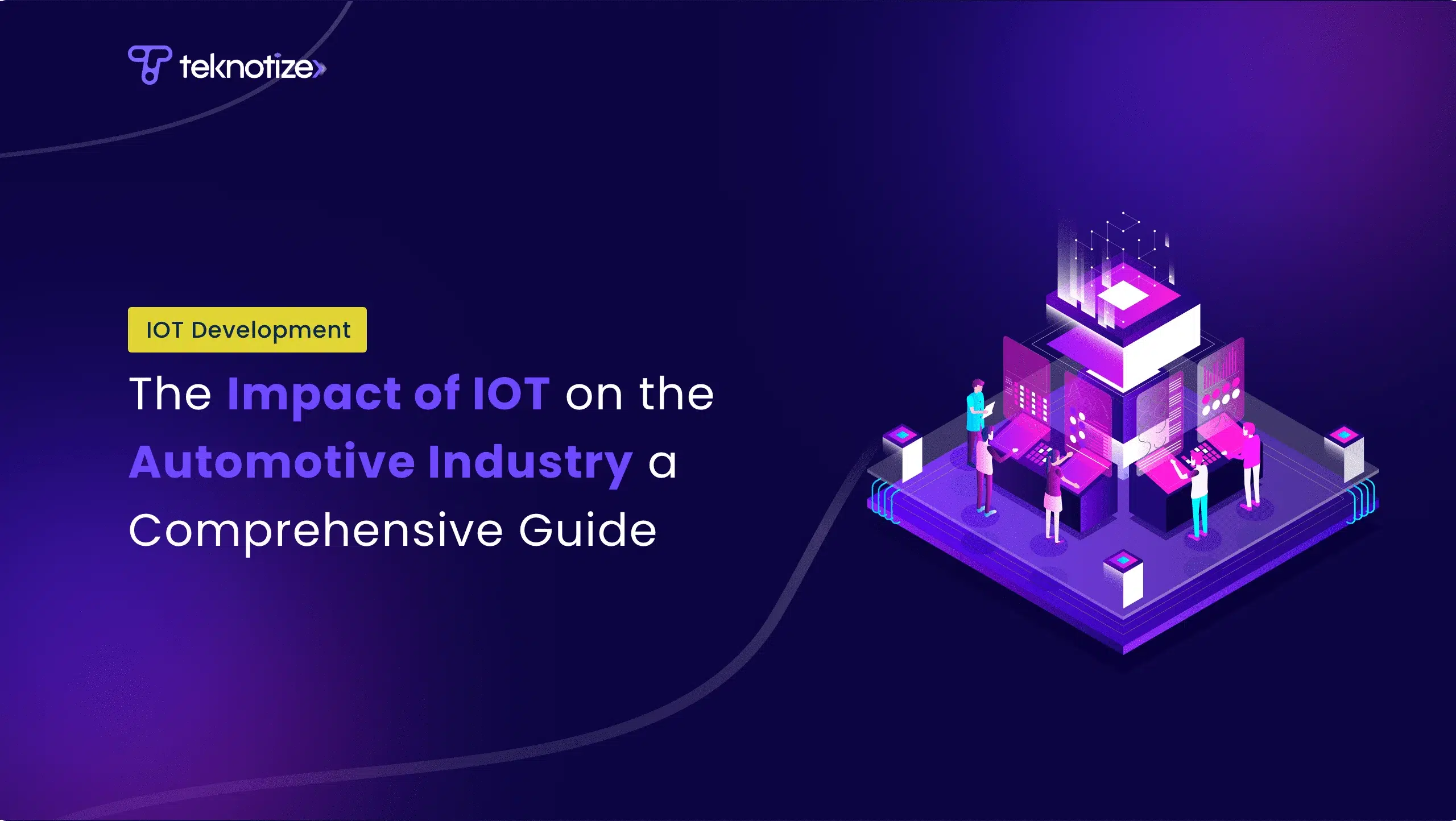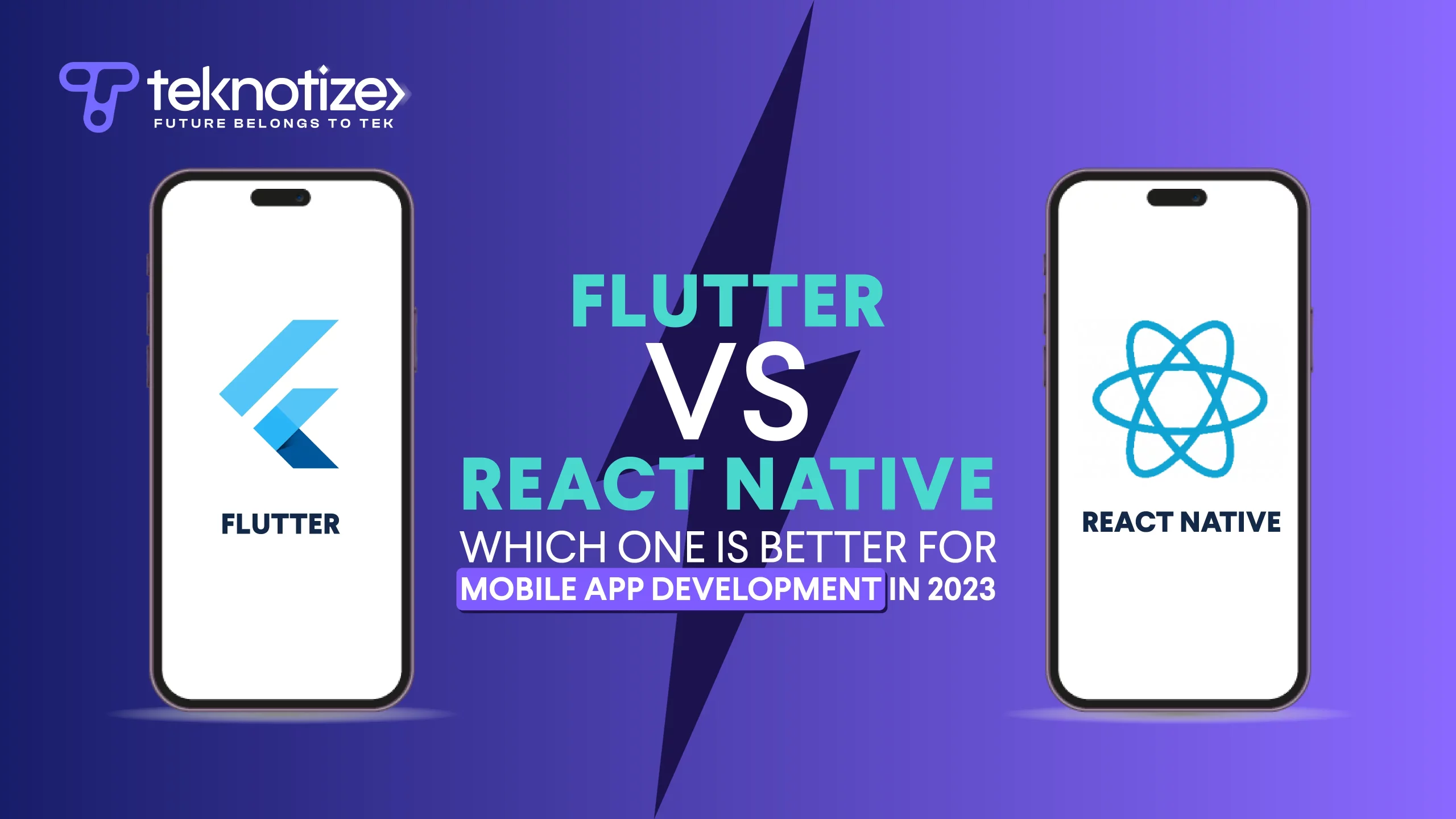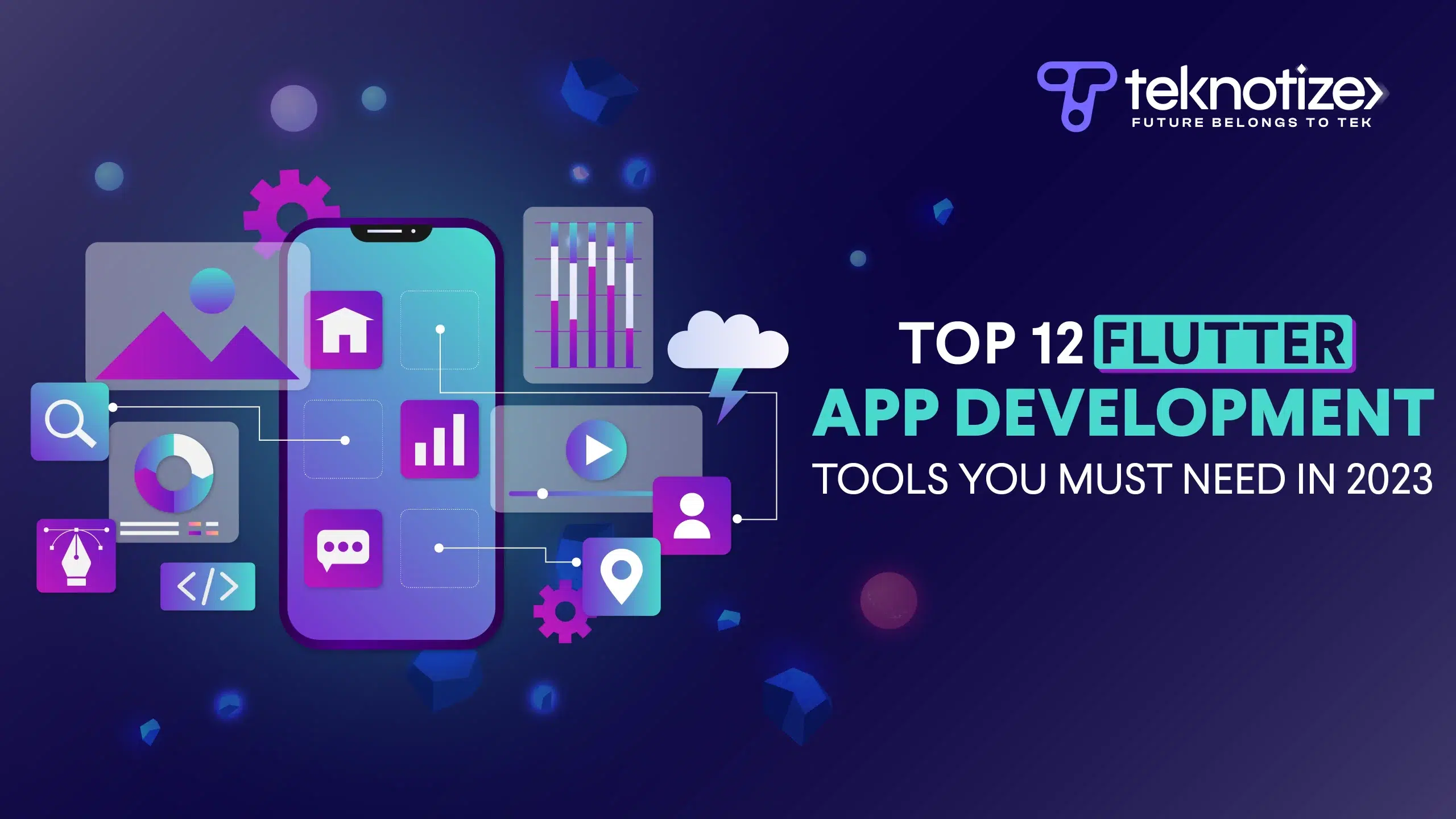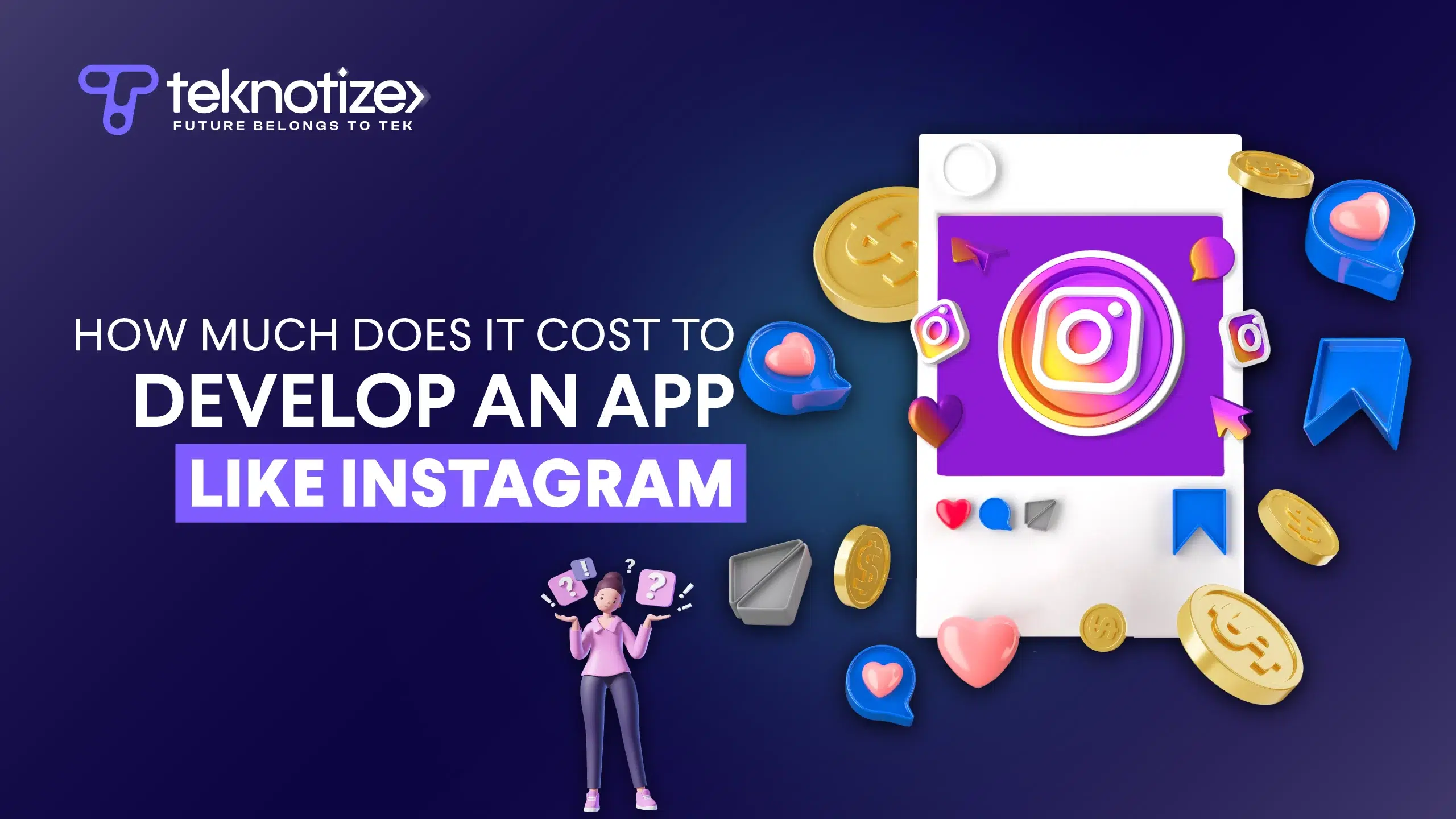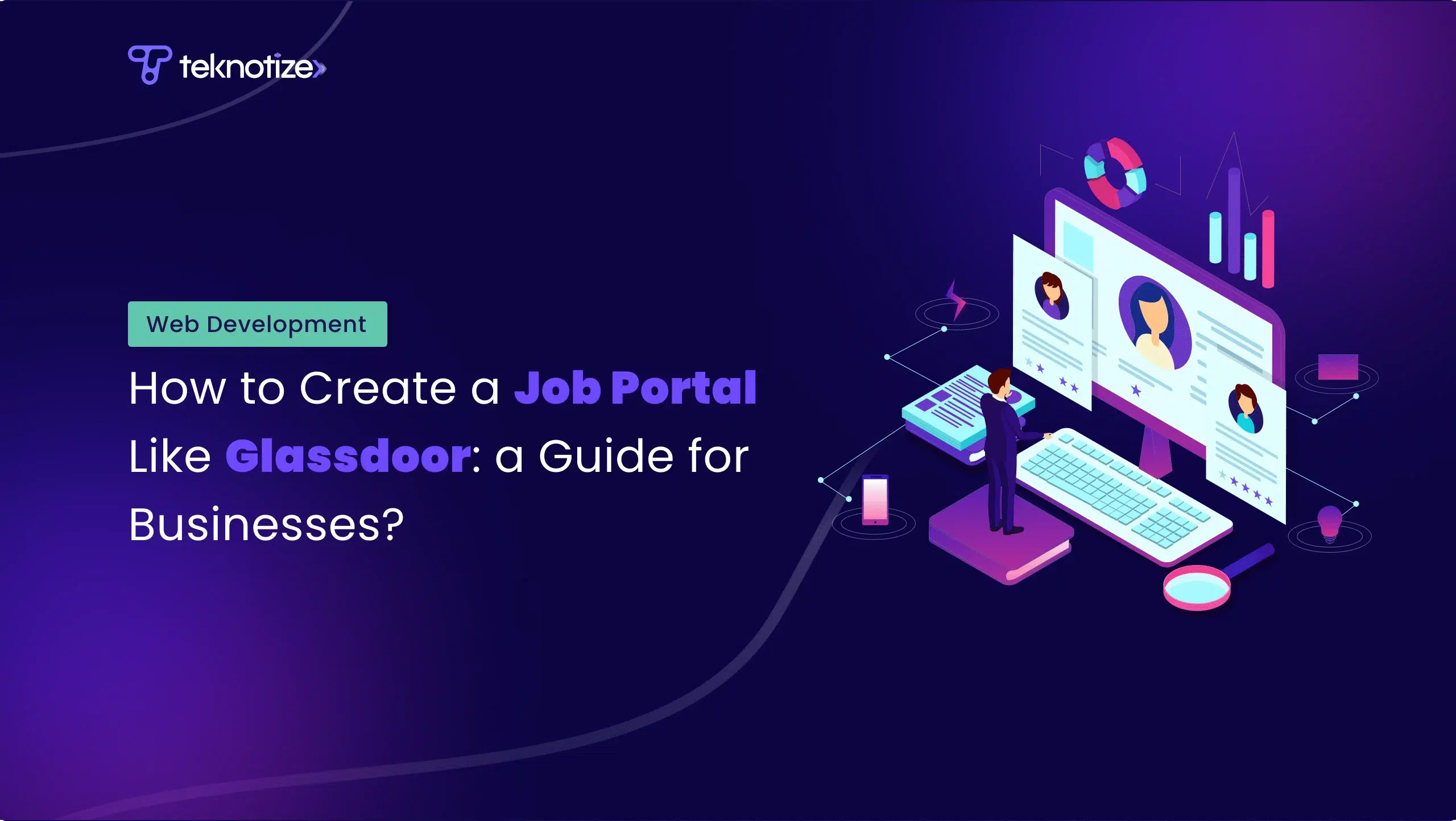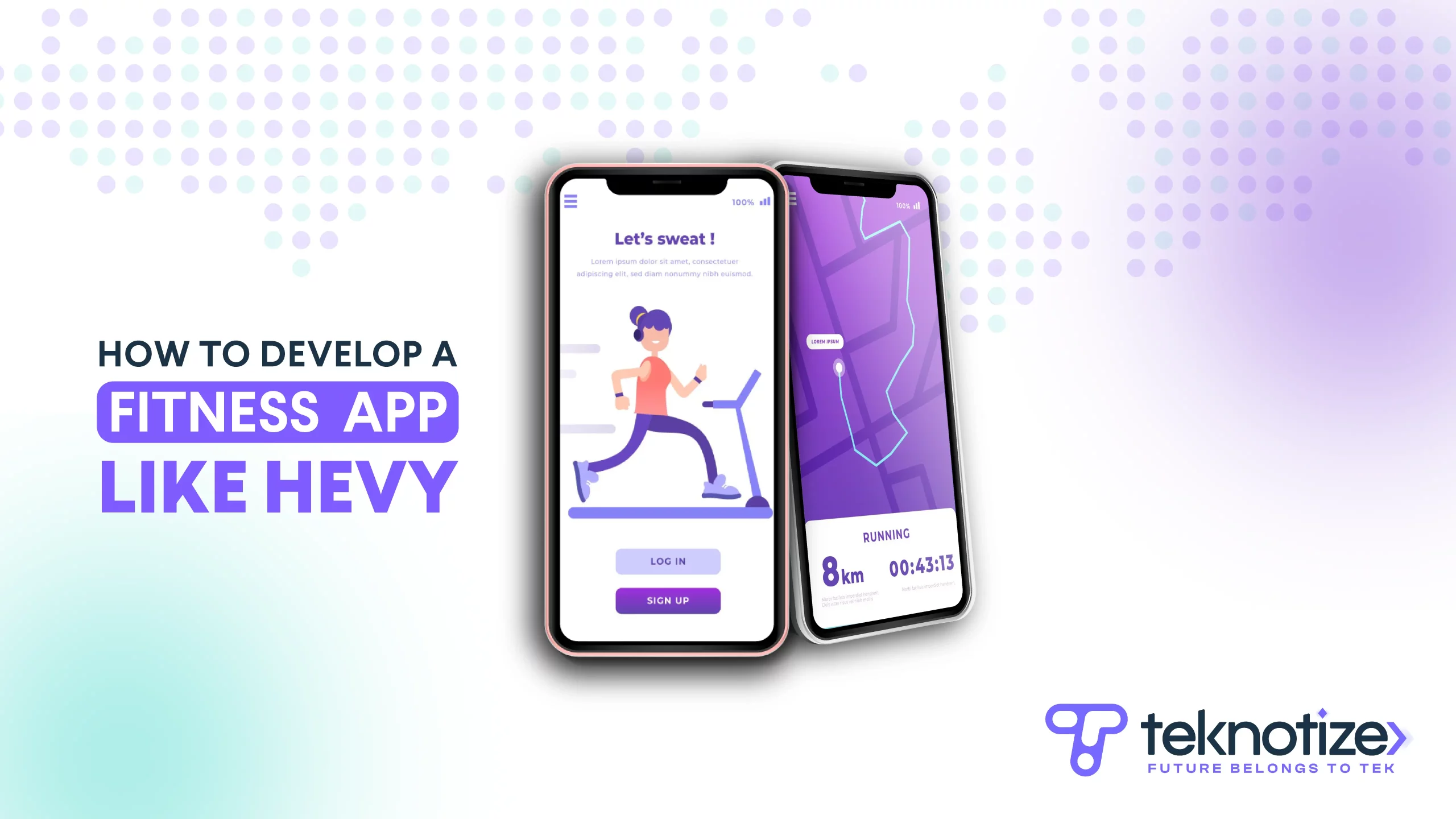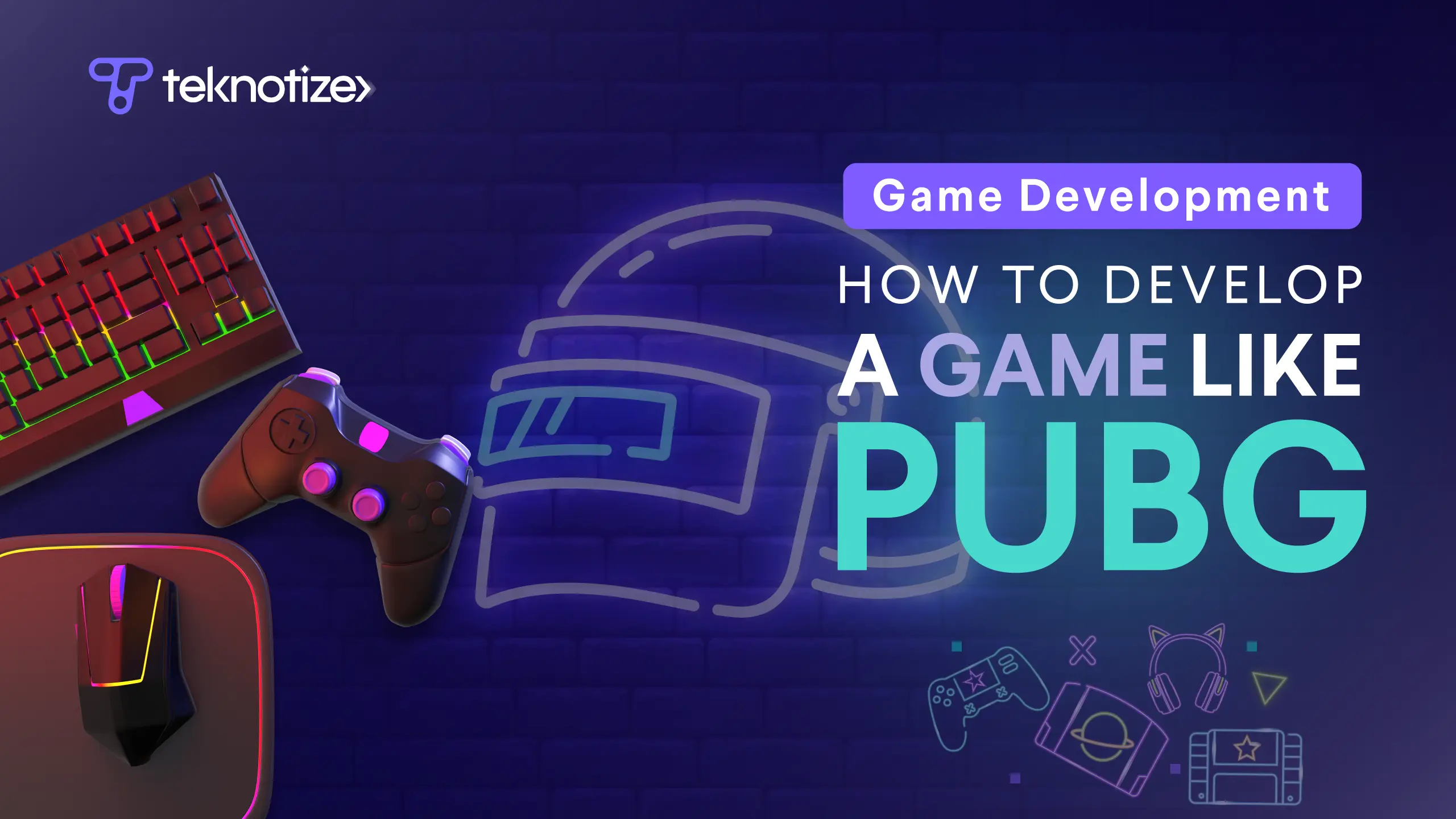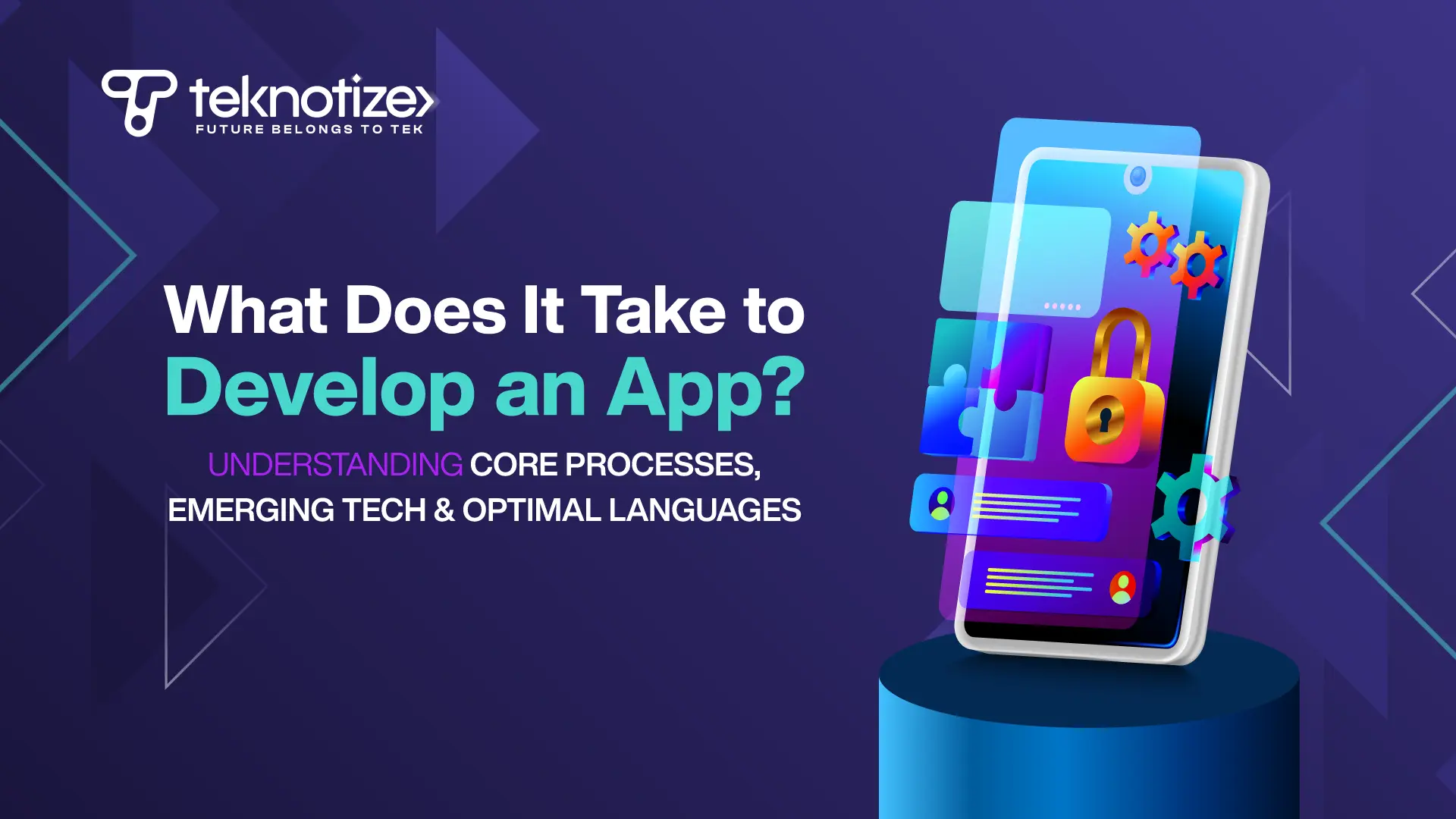
Introduction
In the ever-evolving landscape of app development, understanding the foundational processes, keeping up with emerging technologies, and selecting the optimal programming languages are critical to creating successful applications. This article explores these key aspects, providing insights for both novices and veterans in the field of app development.
The Core Processes of App Development
Ideation and Conceptualization
Every successful app begins with an idea. This stage involves brainstorming, market research, and defining the app’s purpose. It’s crucial to understand the target audience’s needs and the problem your app aims to solve.
Design and User Experience
Design is not just about aesthetics; it’s about functionality and user experience. In app development, UI/UX design plays a pivotal role in ensuring the app is intuitive, user-friendly, and accessible. This phase involves creating wireframes, prototypes, and user journey maps.
Development and Programming
This stage is where the actual building of the app happens. Choosing the right programming language is vital. For iOS, Swift is a popular choice, while Kotlin and Java are preferred for Android. Cross-platform development tools like React Native or Flutter are also gaining traction for their efficiency and ability to run on multiple platforms.
Testing and Quality Assurance
Testing is an integral part of app development. It involves various types of tests like unit testing, integration testing, and user acceptance testing to ensure the app is bug-free, functional, and meets the users’ requirements.
Deployment and Launch
Deploying an app requires careful planning. It involves selecting the right app stores, understanding their guidelines, and preparing for launch. Marketing strategies and app store optimization are also key to ensuring a successful launch.
Emerging Technologies Shaping App Development
Artificial Intelligence and Machine Learning
AI and ML are revolutionizing app development by enabling personalized user experiences, predictive analytics, and intelligent automation.
Blockchain Technology
Blockchain offers enhanced security and transparency. It’s particularly useful in apps requiring secure transactions and data management.
Augmented Reality and Virtual Reality
AR and VR technologies are creating immersive experiences in apps, particularly in gaming, education, and real estate.
Optimal Programming Languages for App Development
Swift for iOS Development
Swift’s robust and intuitive nature makes it a top choice for developing high-performance iOS apps
Kotlin and Java for Android Development
Kotlin, known for its concise and expressive syntax, and Java, renowned for its portability and robustness, are go-to languages for Android development.
JavaScript and Frameworks for Cross-Platform Development
JavaScript, along with frameworks like React Native, allows developers to build cross-platform apps efficiently, reducing time and costs.
Conclusion
App development is a dynamic field that requires a blend of creativity, technical expertise, and an understanding of the latest trends and technologies. Whether you are venturing into iOS or Android development or aiming for cross-platform applications, keeping abreast of these core processes, emerging technologies, and optimal programming languages will equip you to develop successful and innovative apps in this competitive domain.

